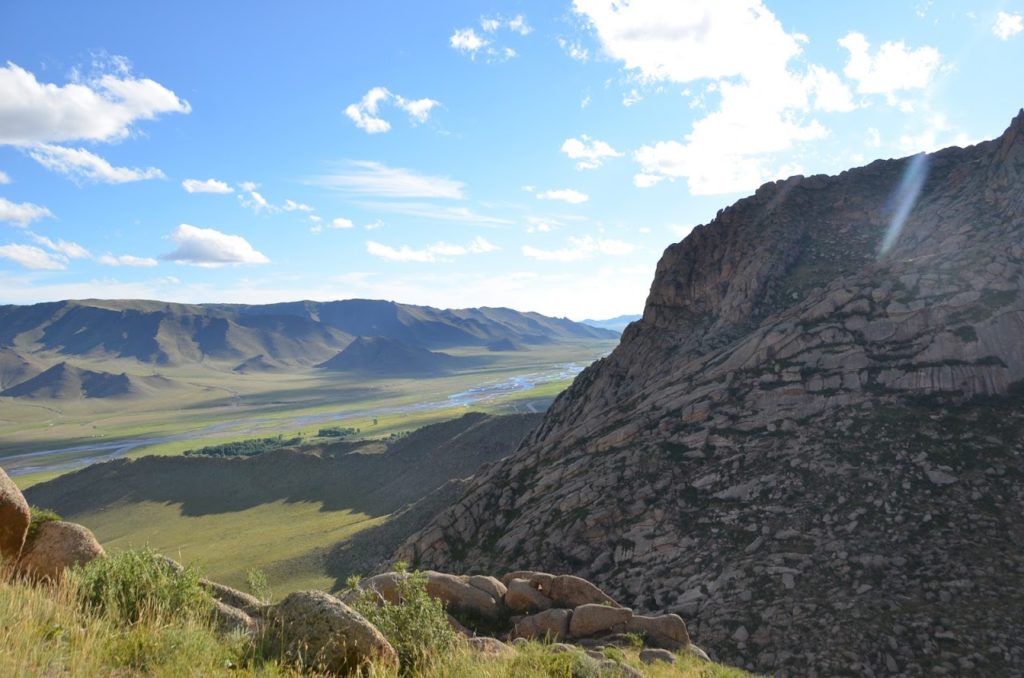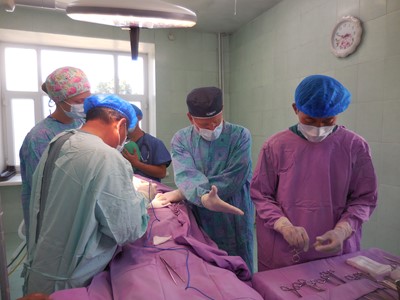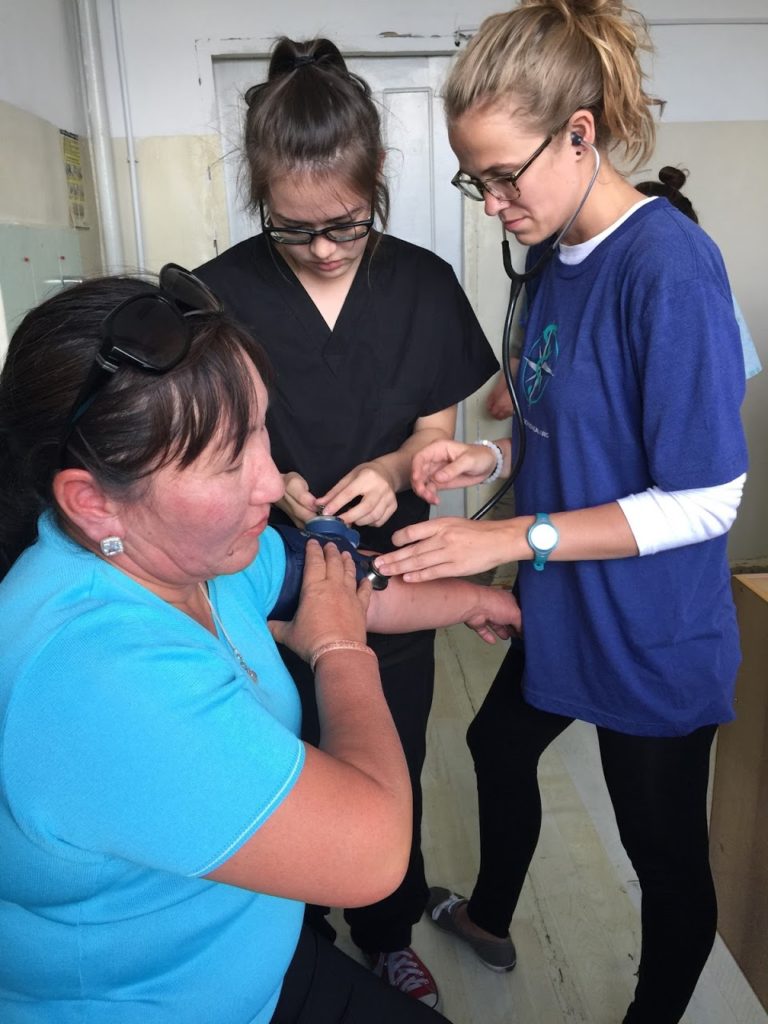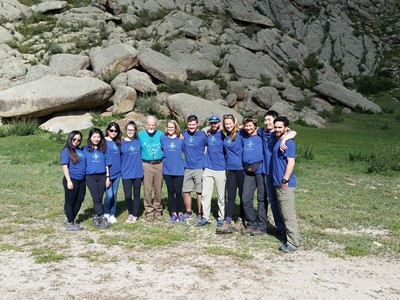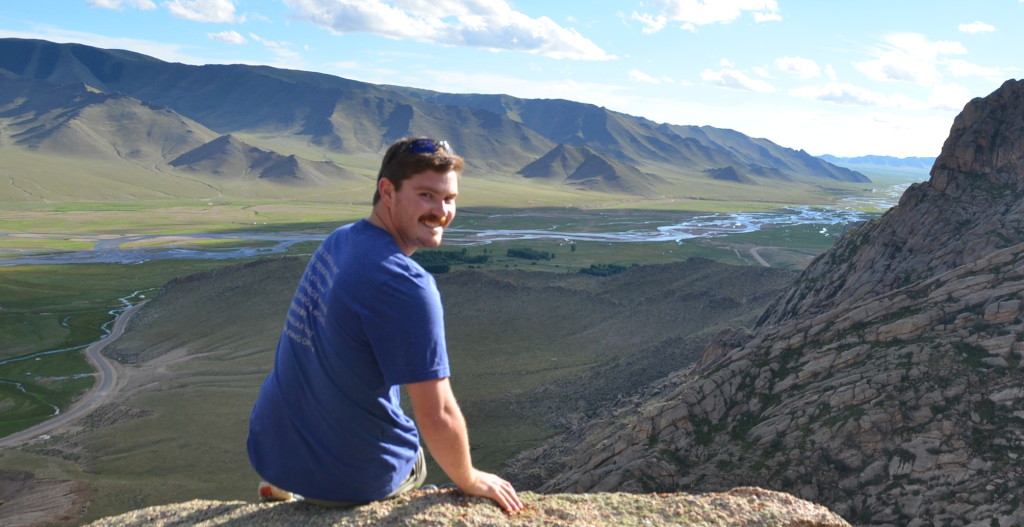
Mission to Mongolia: Post-Mission Interview with Jim Collins
At the end of August, one of our teams returned from Mongolia after more than two weeks of traveling, healing, and serving.
Click here to read a post about Mission to Heal’s history in Mongolia and some of the goals for this trip.
During their time in Mongolia, the team delivered 32 bags of much-needed medical supplies and saw more than 1,000 patients. The majority of their time and energy was spent in the remote Zavkahn Province, many miles of grassy steppe terrain from the more modern Mongolian capital of Ulaanbaatar.
Before the team departed for Mongolia in early August, we interviewed one of the team members, Jim Collins.
Then, we asked Jim about his expectations for his trip. Now that he’s returned, we asked him about his experiences.
Here’s what Jim had to say.
1. Before you left on the trip, you said you decided to sign up because of a friend’s recommendation. Now, having gone, would you recommend that others take a trip with Mission to Heal (M2H)? Why or why not?
I would highly recommend that others take a trip with Mission to Heal. I learned more from this trip than I could have ever imagined I would. In addition to seeing and helping numerous patients, it was an eye-opening experience for me culturally. Prior to this trip, I had never travelled outside the United States, and I wasn’t familiar with other cultures or customs. I was amazed by the graciousness, work ethic, and simplistic lifestyle of the Mongolian people. We get so used to the way things are in the United States that sometimes we forget how different it is in other parts of the world – especially when it comes to healthcare.
2. Was Mongolia how you had imagined it? What surprised you about Mongolia?
Mongolia was everything I had imagined and much, much more. The landscape was beautiful everywhere you looked! One unique cultural practice that really surprised me about Mongolia was the throat singing. It was very impressive, and it was something that I wasn’t expecting to see. (Click here for info info about Mongolian throat singing, and click here for a video of this art form).
3. Describe one of the healthcare environments you worked in on this trip.
Our first stop was in Uliastai, the capital city of the Zavkahn Province, where we worked in the hospital. The hospital there was an older building, and it wasn’t outfitted with the kind of technology and equipment that you might find in a hospital in the United States. For example, they do not have laparoscopic technology (minimally invasive surgical instruments and technique) so they must perform open operations. It was a very basic medical environment with minimal supplies, but I was impressed by how the healthcare professionals there were still working hard to offer effective care using what they had. Their equipment is not necessarily as efficient at minimizing risk, pain, and recovery time as some of what we have in the States. Still, they use what they know and what they have to treat people, save lives, and do good.
4. What kind of service did you do on the trip? What kind of service did you witness?
We saw patients for a number of general concerns, and a particularly high number of ear, nose, and throat issues. Our team was able to perform several operations ourselves, but we also taught the surgeons there how to perform some surgical procedures, ensuring that the knowledge we passed along will continue to have a positive impact on those medical communities. My team members and I were sometimes asked to scrub in and help perform operations. If we were not helping with the operations, we were observing and learning about them. Outside of the operations, we had the opportunity to help the ENT (ear, nose, and throat doctor) and GP (general practitioner doctor) on our team in their clinics by assisting with examining patients. That usually meant checking a patient’s ears, nose, and throat for concerns, measuring blood pressures, or measuring heart rates.
5. Your hopes before the trip were to 1) Learn more about healthcare in general and in another part of the world and 2) Serve others. Do you feel like you achieved those things on this trip? Did you learn something else that you didn’t anticipate?
I learned much more on this trip than I could have ever imagined I would beforehand. Not only was I able to achieve my goals serve and learn more about healthcare issues in another part of the world, I also was able to learn a great deal from the people around me on the trip. As I mentioned previously, on our trip we had people with various medical experiences and interests, including surgery, ear, nose, and throat care, emergency room care, and general practice. Helping to provide care alongside individuals with various areas of expertise enabled me to learn about medicine in a very hands-on, practical environment.
6. Before the trip, you mentioned being both nervous and excited about what the mission would bring. Now that you’ve gone, do you think you would ever do another trip like this one?
Absolutely. There is no doubt in my mind that I will do another trip like this one. It was an amazing, life-changing experience, and I am grateful I had the opportunity to go.
7. What would you say to someone who is considering a trip with Mission to Heal?
I would say to someone who is considering a trip with M2H that they absolutely won’t regret it. They will have an incredible experience and learn – learn more than they ever imagined – while doing it. Plus, you’ll meet great people, and the relationships you build with some of them will last a lifetime.
Ready to take Jim’s advice and participate in a life-changing, no regrets learning experience that you won’t soon forget? Click here for more info on how to do that. Otherwise, be sure to keep following along on the blog and social media for continuing posts about the memories made and the work done on this trip!
